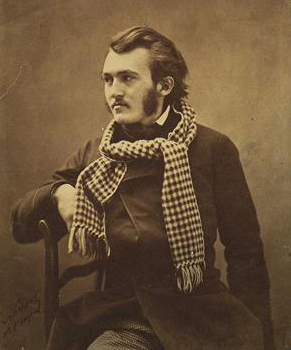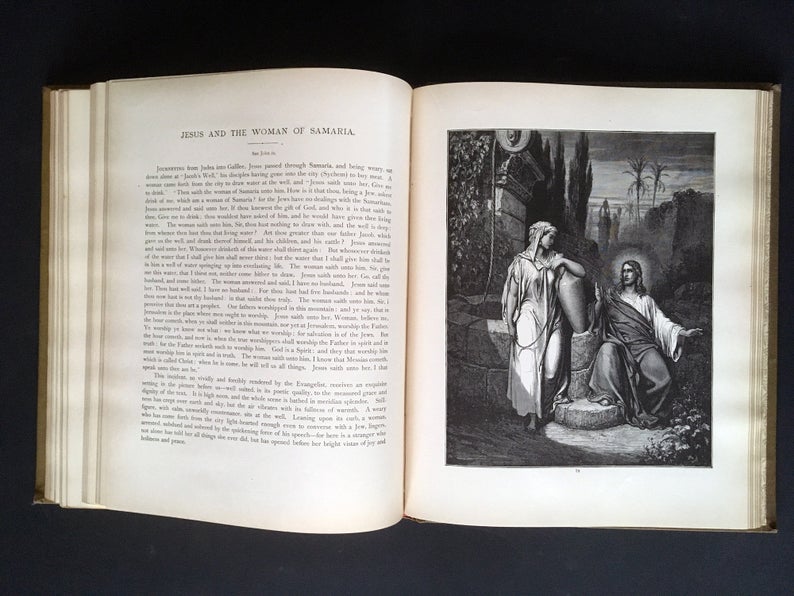In this month’s Museum Digital Insights newsletter we’re going to discuss the role of audio in your museum’s content strategy. We’ll focus on podcasts, but we’ll consider other ways that audio content can be used to drive a museum’s content and marketing strategy.
How Popular Are Podcasts?
According to the 2018 Edison Research study, over 44% of Americans have listened to podcasts, and the number of Americans that regularly listen is 26%. That’s 74 million Americans. What’s more, the 12-24 age bracket, a demographic that museums need to be reaching, makes up at least 30% of that audience. And it’s a growing audience. From 2014 the regular podcast listening audience has grown from 15% to 26%. That’s fast growth.
An Exploding Podcast Production Market
As the podcast listening audience has grown, so too has the amount, variety, and specificity of content. Audio content is experiencing an explosion similar to the text and image revolution at the birth of the world wide web. The relative ease of production, and the simplicity and low cost of entry for publishing platforms, is making just about anyone with a passionate interest into a podcast producer. And the market for promoting, expanding, and monetizing this content is growing too.
Consider, as an example, the story of Gimlet media. In 2014 Adam Blumberg of This American Life and Planet Money fame, hopped the fence between the nonprofit world of public radio to the found his venture capital-funded, for-profit podcast production company Gimlet. Gimlet produces This American Life style audio stories but connects his audience to for-profit advertisers rather than pitching membership drives for NPR. His company has grown from one guy with an idea in 2014 to an industry leader with over 150 employees today. And there are many other podcast production and distribution companies innovating in the growing podcast world.
In addition to the big industry leaders, there are many more smaller startups, platforms, and podcast production services popping up left and right. There’s no question that audio content in general, and podcasts in particular, are in a state of rapid growth and adoption.
What’s So Compelling About Podcasts?
It’s easy to see how the ease of production and distribution is generating a groundswell of audio content creators, everything from the highly polished and elite work of Gimlet, down to the lo-fi productions of hobbyists and subject matter enthusiasts. By why are so many people listening?
One reason that so many people have grown in their consumption of podcast content is that it is so easy to consume. Not only is it simple to subscribe, download, and play podcasts using all manner of player options on your phone or computer, but you can listen to podcasts while doing other things. Research shows that podcasts are often consumed while exercising, driving, commuting, and working (if the work doesn’t require intense thought). You can safely listen to a podcast while driving, but if you’re going to keep your eyes on the road, you can’t read or watch Netflix.
Another reason podcasts are so popular is due to how intimately we connect to audio content. We plug in our earbuds and the sounds, music, and voices engage our minds, emotions, and imagination in such a direct and immediate way.
This simple recipe of easy delivery of niche content, combined with easy access and portability, and the intimacy of the format, accounts for why, according to a 2017 Forbes article, the world of radio broadcasting and the music industry are taking seriously this competitive upstart channel who are grabbing their listeners. Current studies show that those who have embraced podcasts now spend as little as half as much time listening to the radio as they used to. That’s a big bite into radio’s market share, and it’s growing.
Should Museums Jump on the Podcast Bandwagon?
A few museums have already begun to produce their own podcast content. The Carnegie Science Center’s Science News and Qs is a great example of a podcast that is on-mission yet fun and accessible. The Brooklyn Historical Society also has a podcast called Flatbush + Main, which uses interviews and archives to tell the stories of Brooklyn’s history. Another interesting example of podcast usage in a museum context is the exhibition specific series that the Bullock Museum did on the story of Stevie Ray Vaughan.
While it usually takes a bit of work to produce the first episode and a decent commitment of time to maintain it, the effort is typically within the reach of most museums.
A Word of Caution
But before you get too excited about the possibilities, let’s stop and consider a similarly hyped “opportunity” for content creation from the past–the museum’s blog. We’re actually big on blogs, and we think they can be a great channel for establishing a brand and making content strategy a habit. But the typical experience of a museum blog is lots of activity in the first few months, then a plateau, and then a slow decline to a trickle, and often ending completely. It takes time to produce quality blog posts. And when you weigh this time against the measurable effects of those posts, the unpersuasive cost to impact ratio can cause blog enthusiasm to fade. Whenever a content plan is not tied to a carefully structured and meaningfully aligned strategy, the negative outcome is predictable.
And while the cost of podcast production is relatively low, it’s certainly higher than that of blog creation. And so without a direction and strategy, a podcast can languish and fail to make an impact, just as so many blogs have. But when content is connected to a concrete plan with multi-departmental alignment, it can become a highly impactful and productive channel.
More than Podcasts
One of the reasons podcasts are so popular is that audio is such a powerful storytelling vehicle. And museums have so many great stories to tell. When we work on museum content strategies the overarching effort is to find a focus and to identify which among a multitude of possible stories fulfill the goals of the strategy. And of course, there are many formats for storytelling, podcasts of course, but also enhanced web-based digital stories, blog posts, and video.
But audio content does not always have to take the form of a carefully edited and produced podcast. Short and simple audio clips can enhance a blog post, add to a digital story, or add to your collection data. Getting a quick two-minute sound bite from a curator about the background of an object, or the history of the artist, or the idea behind an exhibition can really help to connect the work of the museum with your audiences. And simply getting a conversation recorded and edited down to a clip is extremely simple. Unlike video, all you need is a decent recorder. No lights, no production crew, no performance anxiety.










